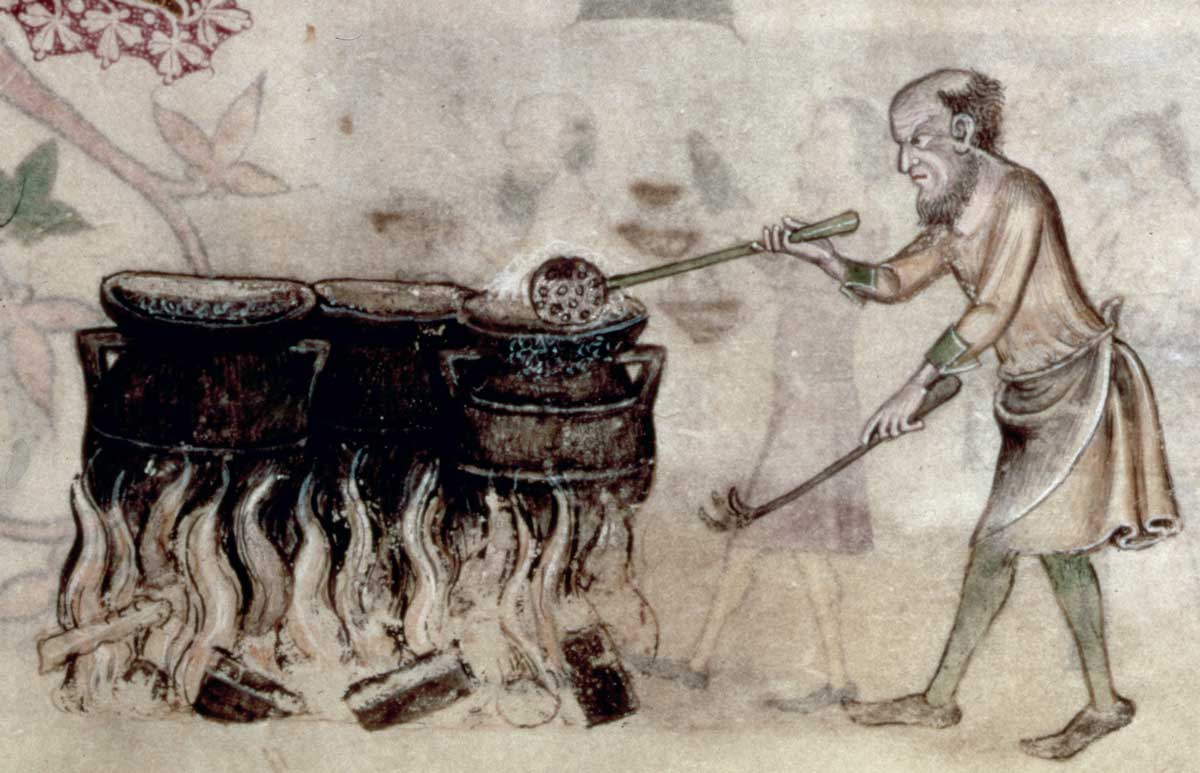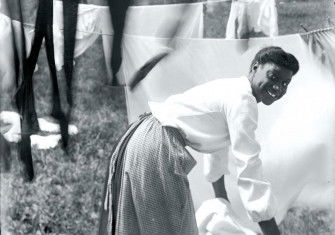A ‘Creative Microhistory’ of a Medieval Manor
The distant past is not often illustrated with plentiful descriptions of everyday life. Instead, the picture has to be put together from different sources, piece by piece, like a jigsaw. But there are often still gaps, which can be filled with historically informed creativity.

Historians have been increasingly interested in the ‘everyday’. The scale of the everyday – in time and in place – offers up opportunities to view the past in ways that are both exciting and familiar, providing the means to see beyond the big narratives of history. Far from being easy to understand, the everyday, as the philosopher Henri Lefebvre puts it, is a series of complex interactions. It is both the ‘most universal’, yet the most unique and individual condition, ‘the most obvious and the best hidden’. But reaching for this level of understanding of medieval history comes with difficulties: many things still remain unknown.






